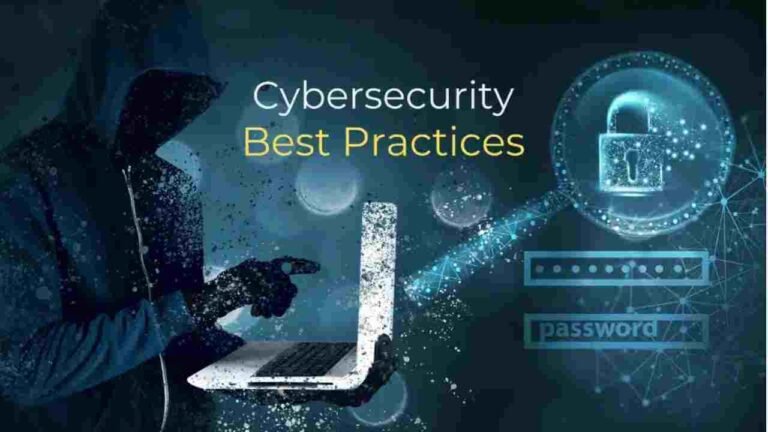1. Use Strong and Unique Passwords
Small businesses must enforce strong password policies to protect their accounts and systems. Passwords should include uppercase and lowercase letters, numbers, and special characters. Avoid using easily guessable information like birthdays or common words. Using a password manager can help generate and securely store complex passwords for all employees.
Key Features:
- Unique passwords for each system and account
- Complex combinations of letters, numbers, and symbols
- Secure password storage using password managers
2. Implement Multi-Factor Authentication (MFA)
Adding multi-factor authentication (MFA) provides an additional layer of security beyond just passwords. MFA requires users to verify their identity using a second factor, such as a mobile app code or email verification. This significantly reduces the risk of unauthorized access, even if passwords are compromised.
Key Features:
- Additional verification for account access
- Protection against password breaches
- Compatible with emails, cloud apps, and business software
3. Keep Software and Systems Updated
Cybercriminals exploit vulnerabilities in outdated software and operating systems. Regular updates and security patches are essential to protect digital assets. Enabling automatic updates for operating systems, antivirus software, and business applications ensures small businesses stay protected against the latest threats.
Key Features:
- Protection against known security vulnerabilities
- Automatic updates for operating systems and software
- Enhanced protection against cyberattacks
4. Educate Employees on Cybersecurity Awareness
Human error is one of the leading causes of cyber incidents. Training employees to recognize phishing emails, suspicious links, and malicious downloads is crucial. Regular cybersecurity awareness programs help employees follow safe practices and understand their role in protecting company data.
Key Features:
- Awareness of phishing attacks and malware
- Best practices for handling sensitive information
- Regular training sessions to reinforce cybersecurity habits
5. Secure Your Wi-Fi and Network
A secure network is fundamental for protecting business data. Use strong passwords and encryption protocols like WPA3 for Wi-Fi networks. Avoid using public Wi-Fi for business operations, and consider a VPN (Virtual Private Network) to secure remote access for employees working offsite.
Key Features:
- Strong Wi-Fi passwords and encryption
- Secure remote access with VPN
- Protection against unauthorized network access
6. Backup Business Data Regularly
Regular backups of critical business data can prevent loss due to ransomware attacks, hardware failure, or accidental deletion. Use both cloud storage and offline backups to maintain multiple copies of important data. Test backup and restore procedures periodically to ensure data can be recovered when needed.
Key Features:
- Cloud and offline backups of all essential data
- Protection against ransomware and system failures
- Regular testing of backup and recovery processes
7. Install Antivirus and Anti-Malware Solutions
Small businesses should invest in reputable antivirus and anti-malware software to protect devices from malicious threats. Real-time scanning, threat detection, and automatic updates ensure devices remain secure from viruses, ransomware, and spyware.
Key Features:
- Protection from malware, ransomware, and viruses
- Real-time monitoring and scanning
- Regular updates for the latest threat protection
8. Control Access to Sensitive Information
Limit access to sensitive business data based on employee roles. Only authorized personnel should have access to financial records, customer data, or intellectual property. Implementing role-based access control (RBAC) helps reduce the risk of internal threats and accidental data exposure.
Key Features:
- Role-based access to company systems and data
- Restricts sensitive information to authorized employees
- Reduces risk of insider threats
9. Monitor and Audit Systems Regularly
Regular system monitoring and audits help small businesses detect unusual activity early. Implement tools to log user activity, track failed login attempts, and monitor network traffic. Routine audits help identify vulnerabilities and maintain compliance with industry security standards.
Key Features:
- Real-time monitoring of user activity and network traffic
- Detection of suspicious activity and breaches
- Routine audits to improve security posture
10. Develop a Cybersecurity Incident Response Plan
Having a cybersecurity incident response plan is essential for small businesses. This plan outlines steps to take in case of a breach, including containment, communication, and recovery procedures. Being prepared minimizes downtime and helps mitigate financial and reputational damage.
Key Features:
- Clear action plan for cyber incidents
- Procedures for containment, communication, and recovery
- Minimizes impact on business operations
Conclusion
Small businesses face significant cybersecurity risks, but implementing essential practices can safeguard digital assets effectively. By using strong passwords, enabling MFA, training employees, and investing in secure systems and backups, businesses can reduce vulnerabilities and protect sensitive data. A proactive approach to cybersecurity ensures long-term operational security, resilience, and growth in today’s digital landscape.

